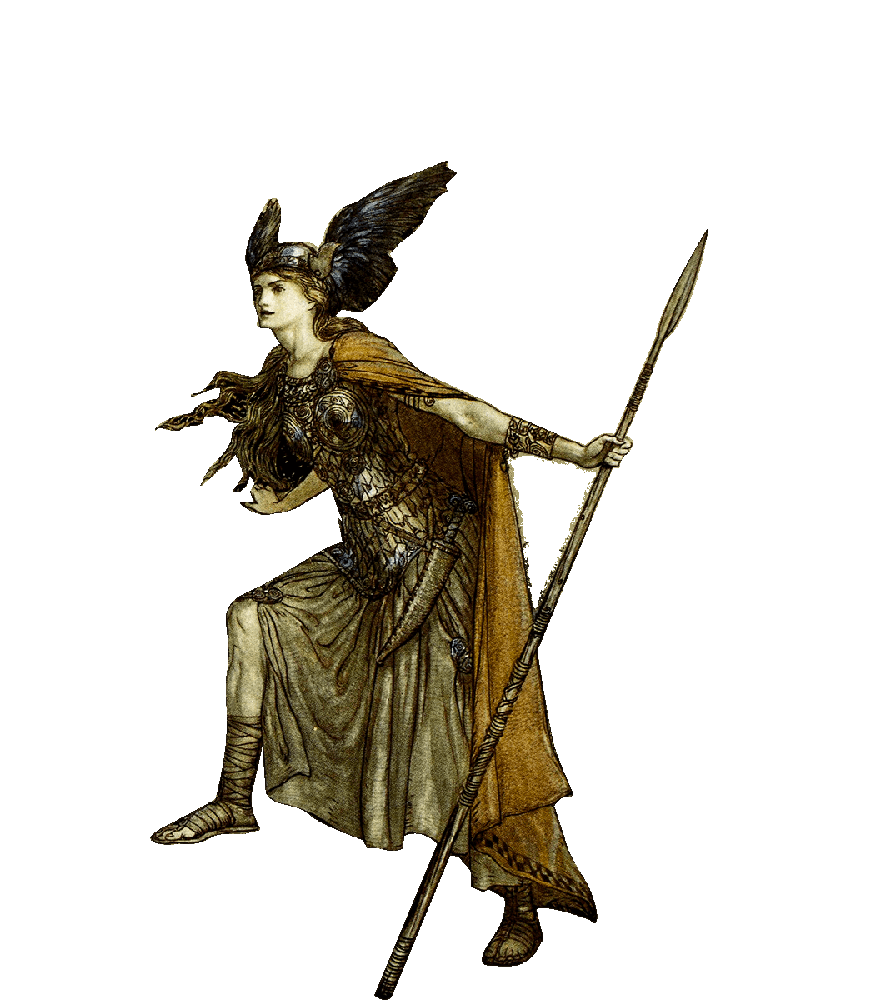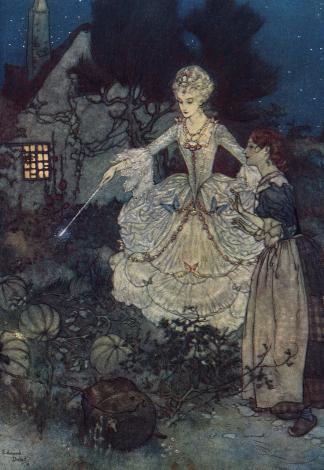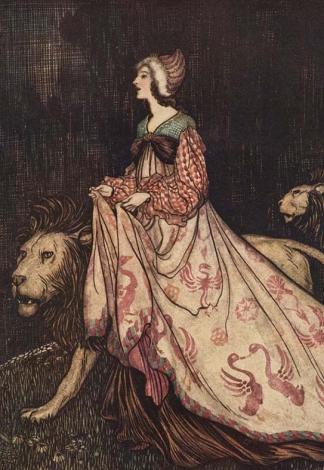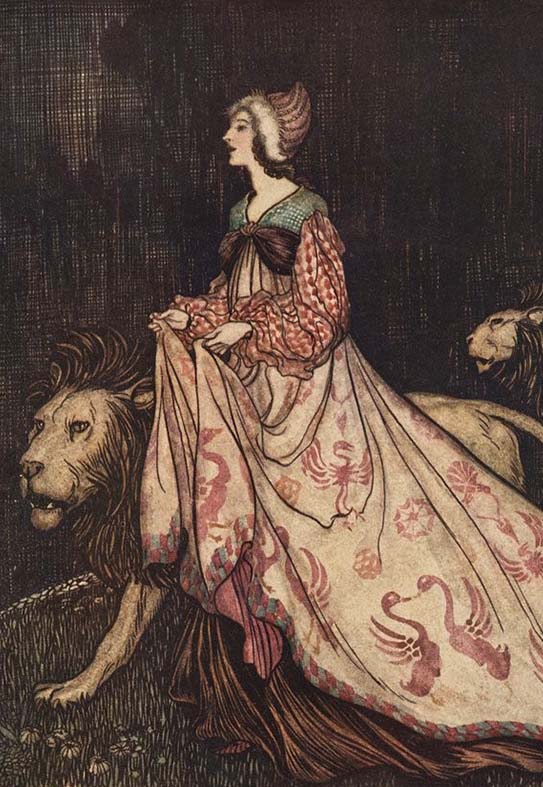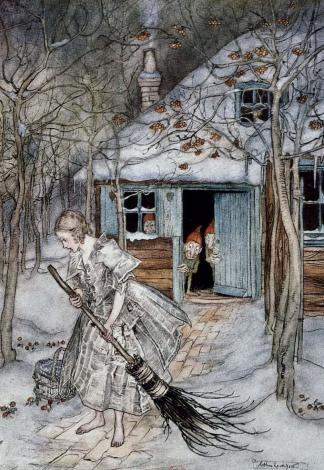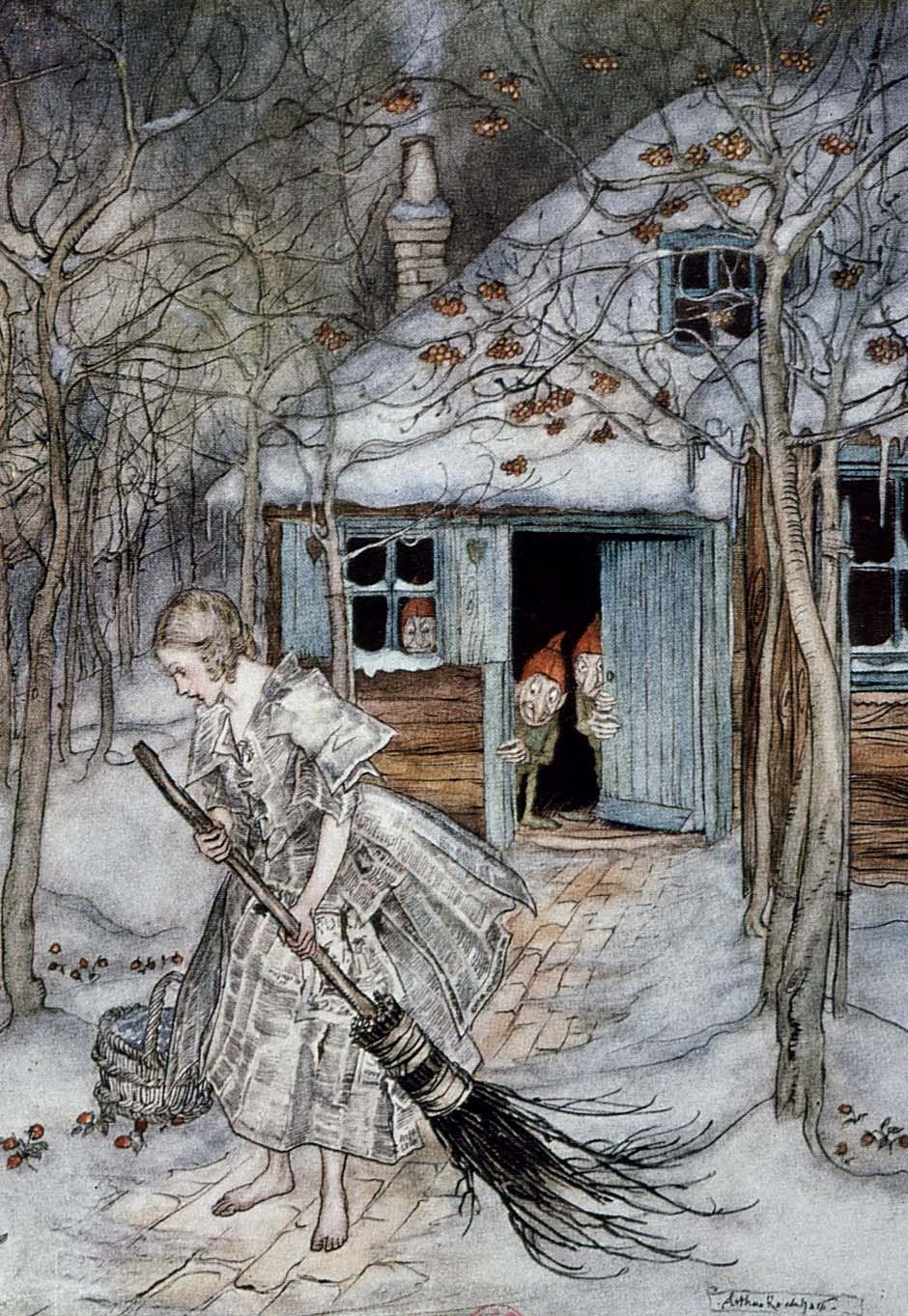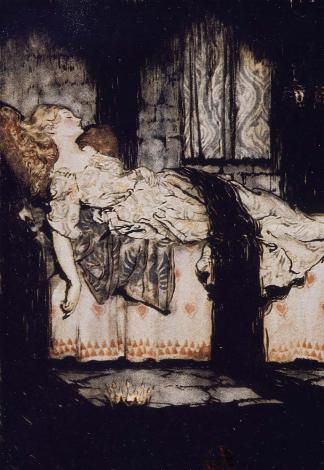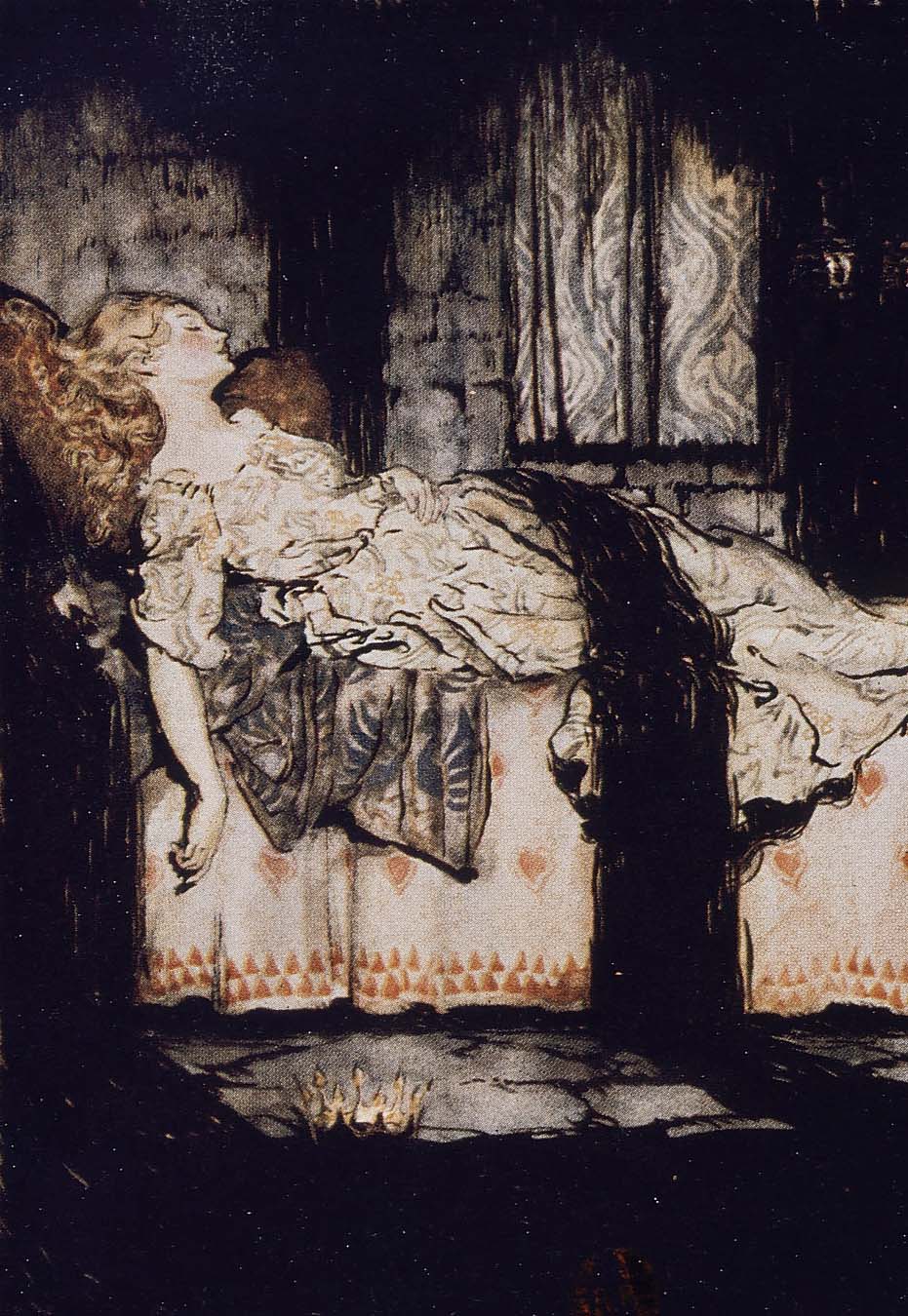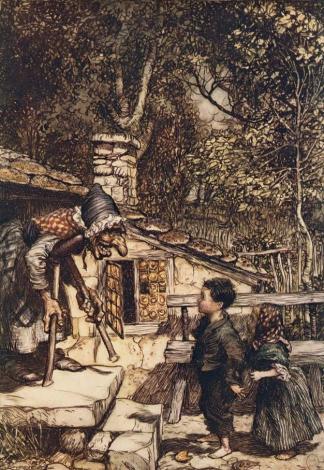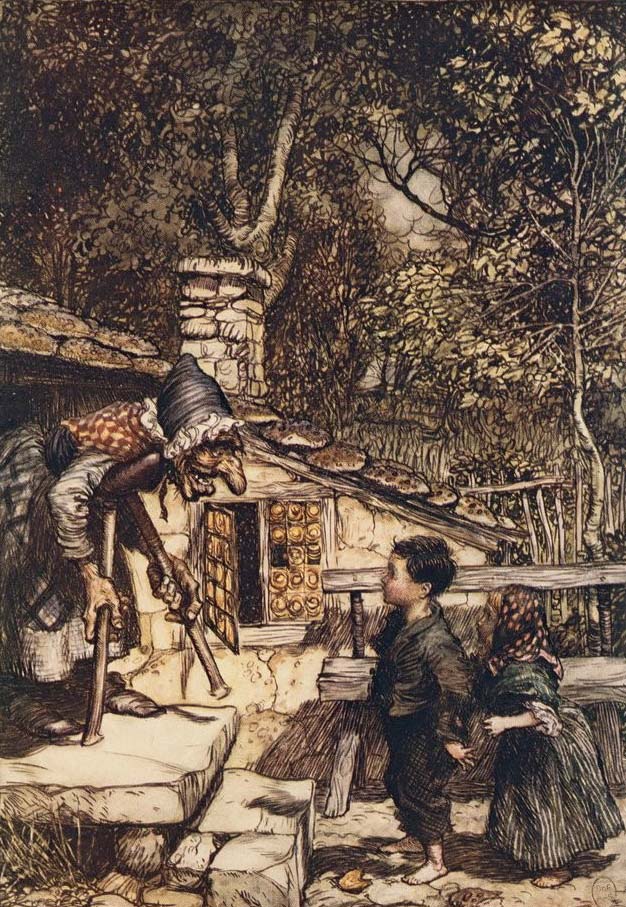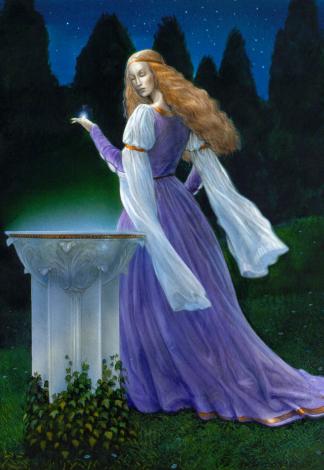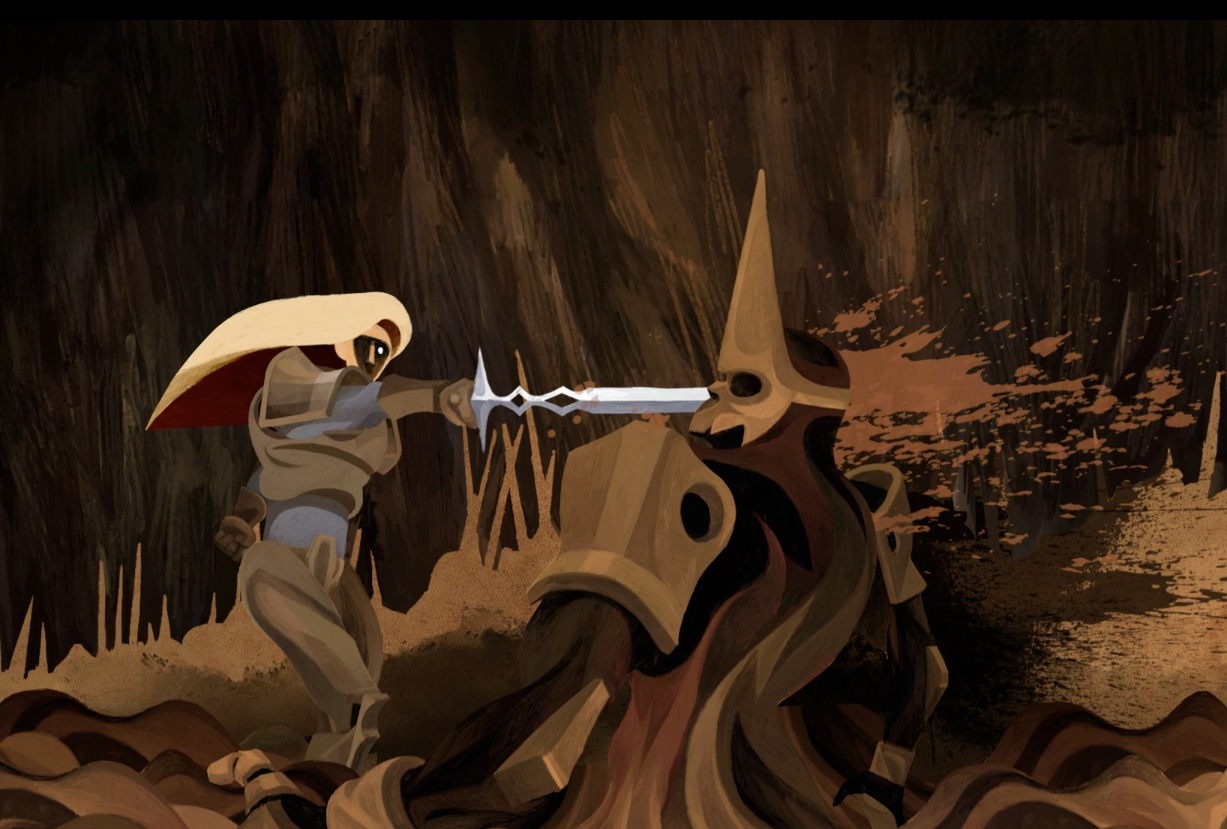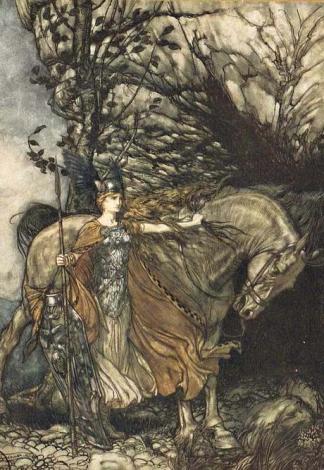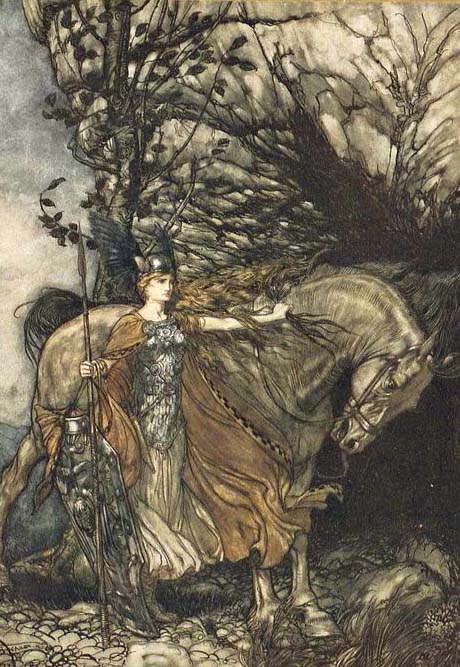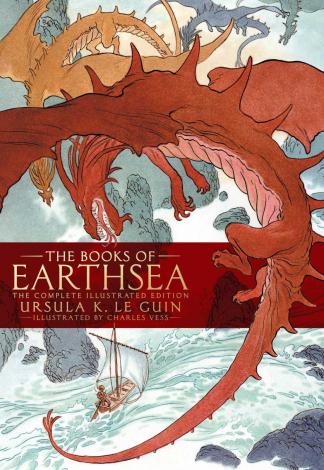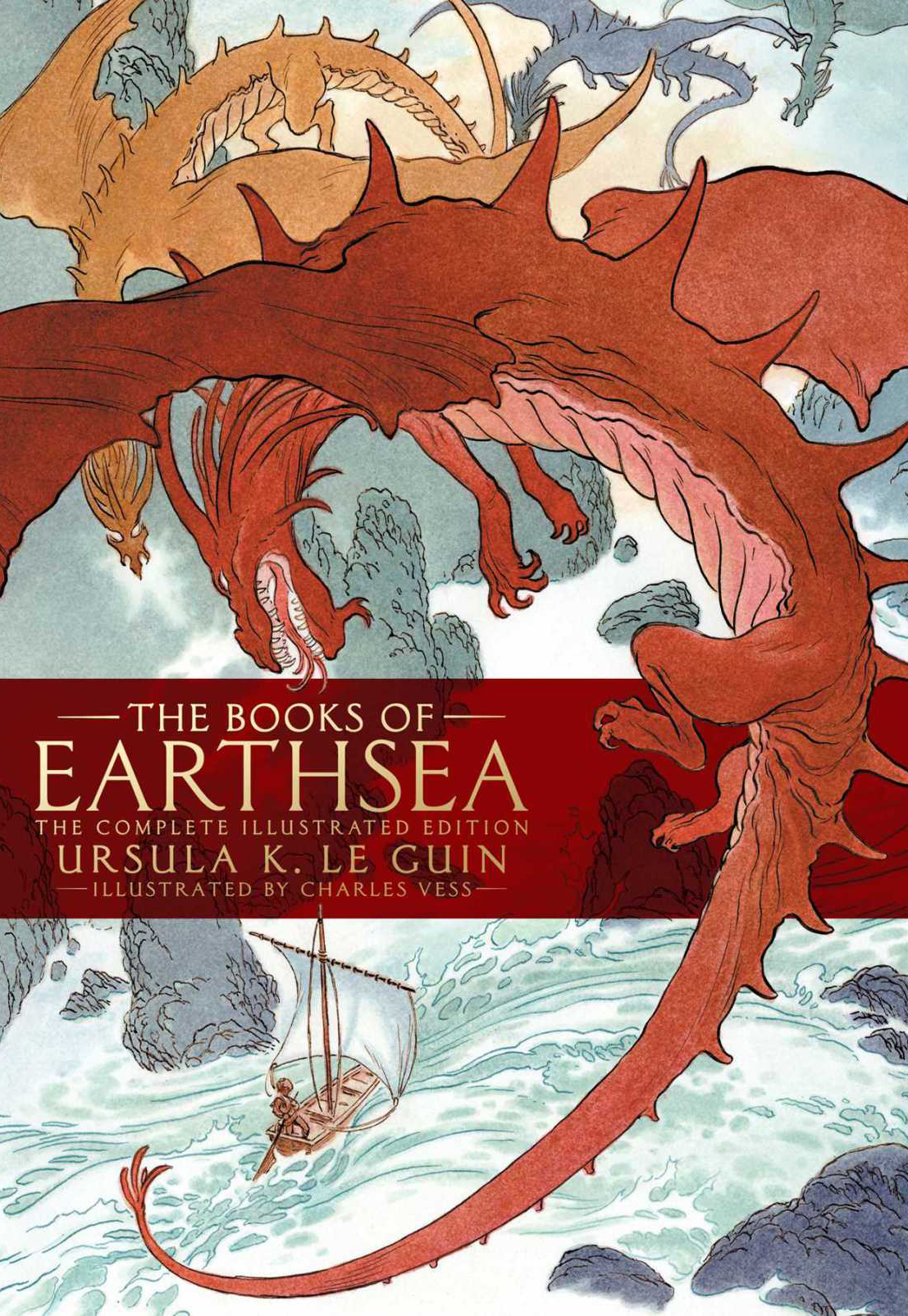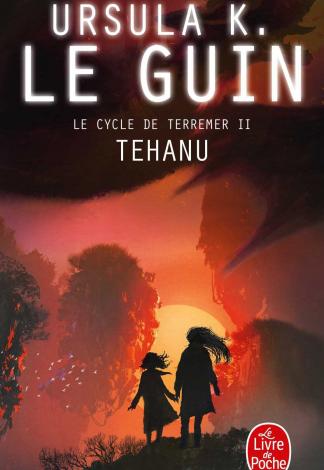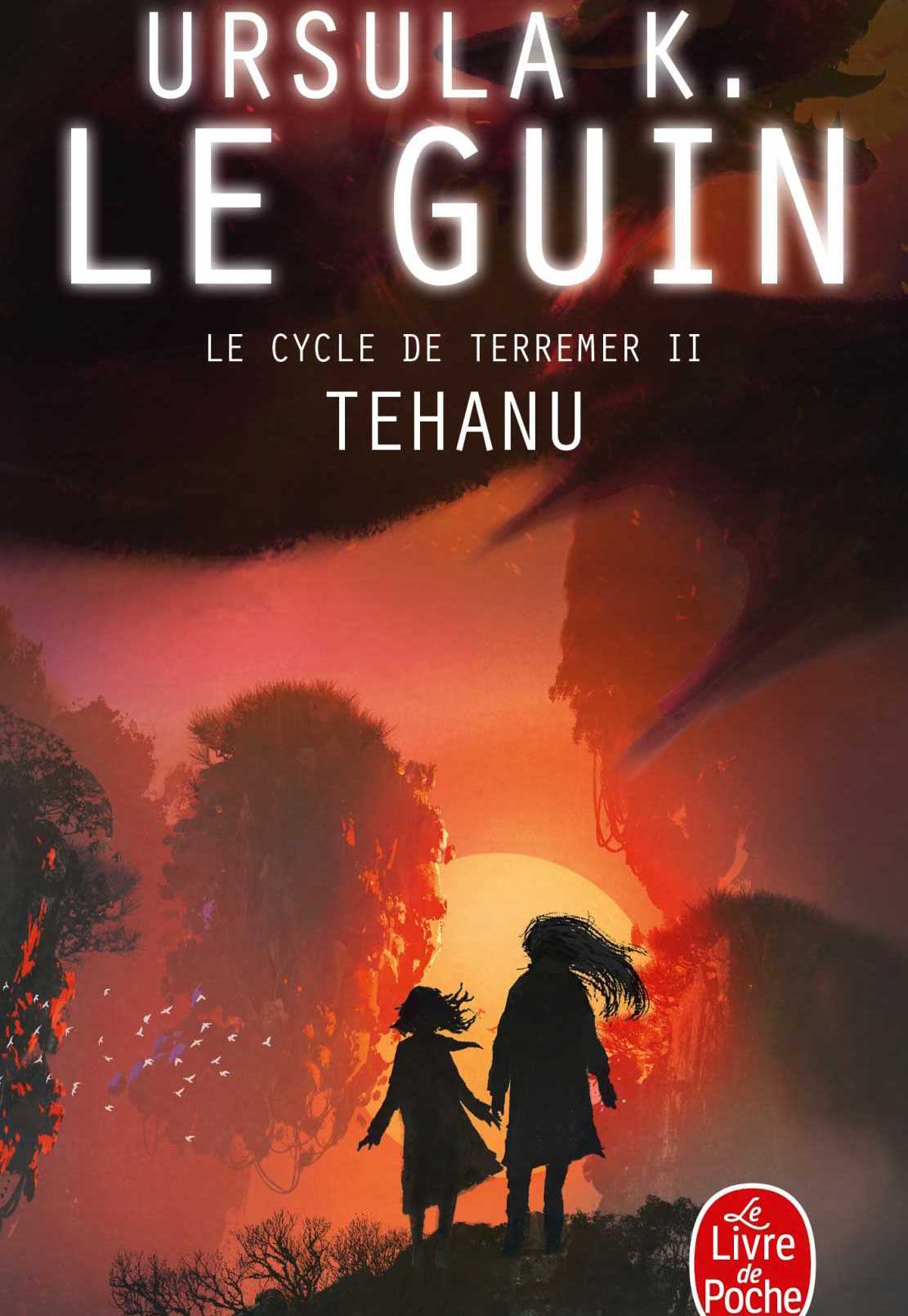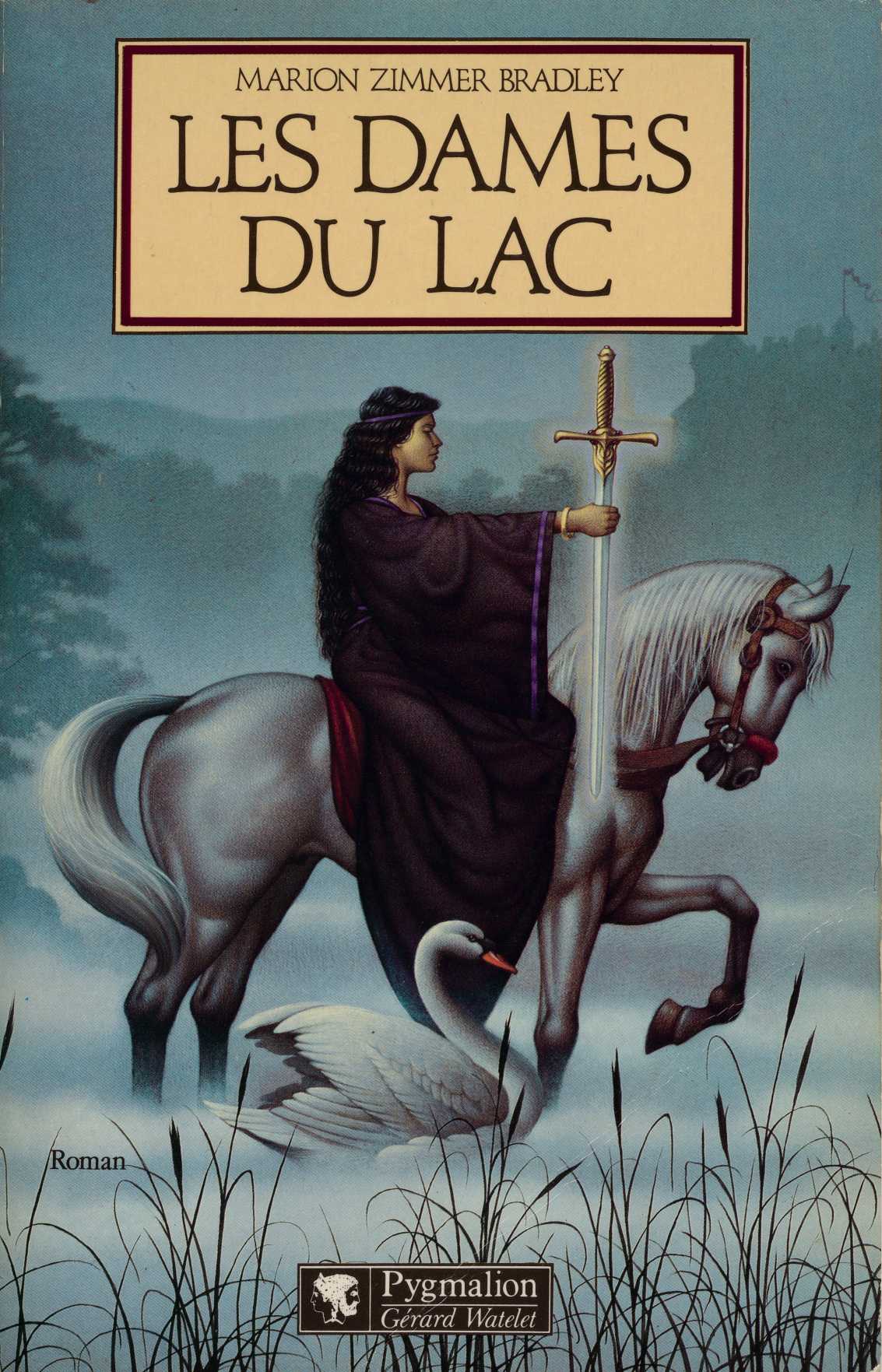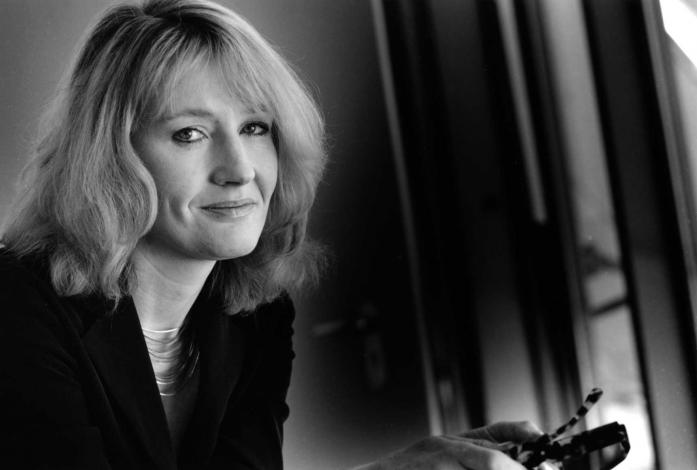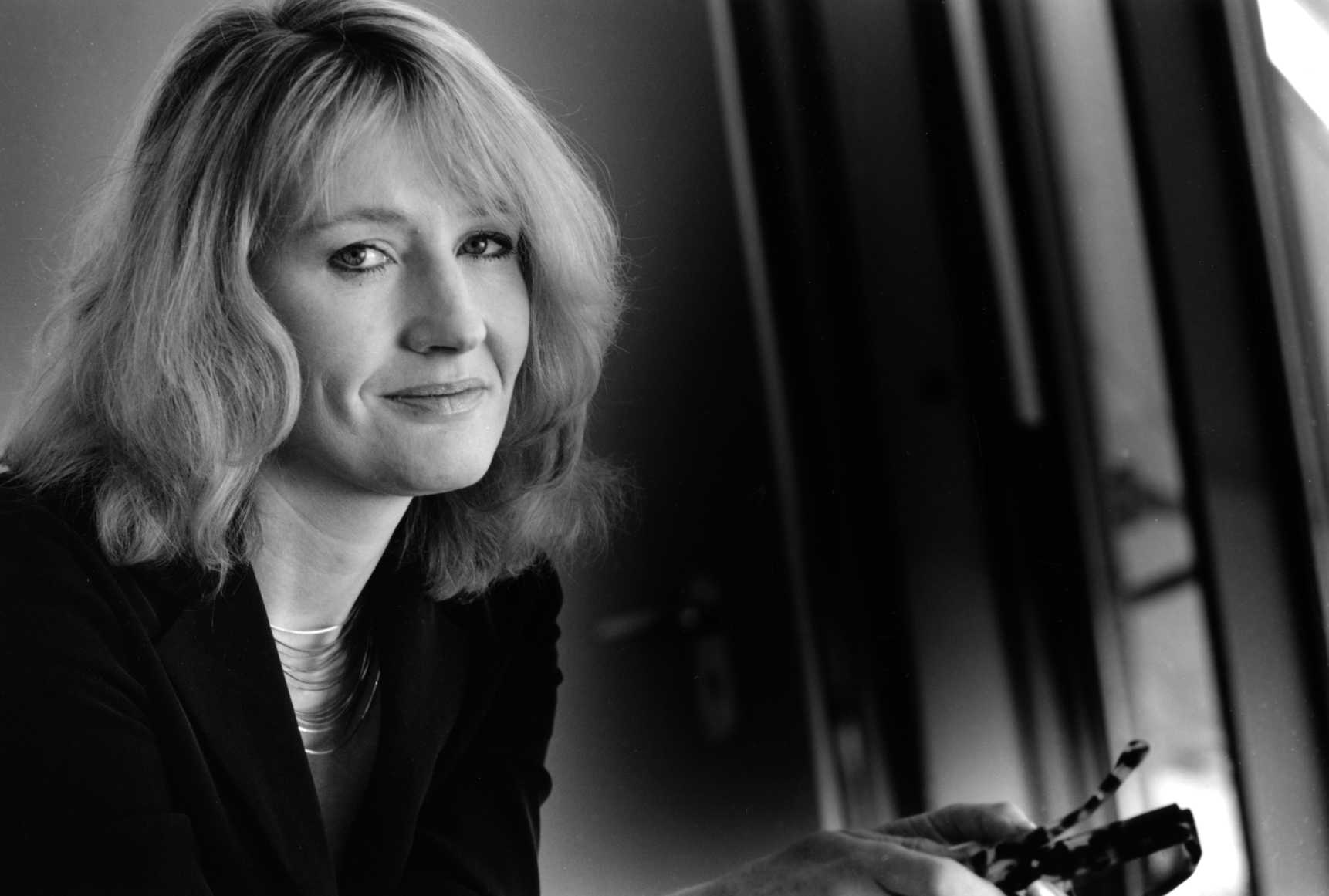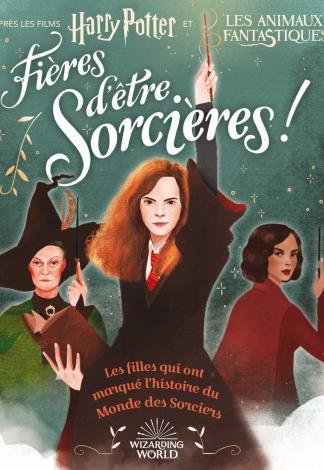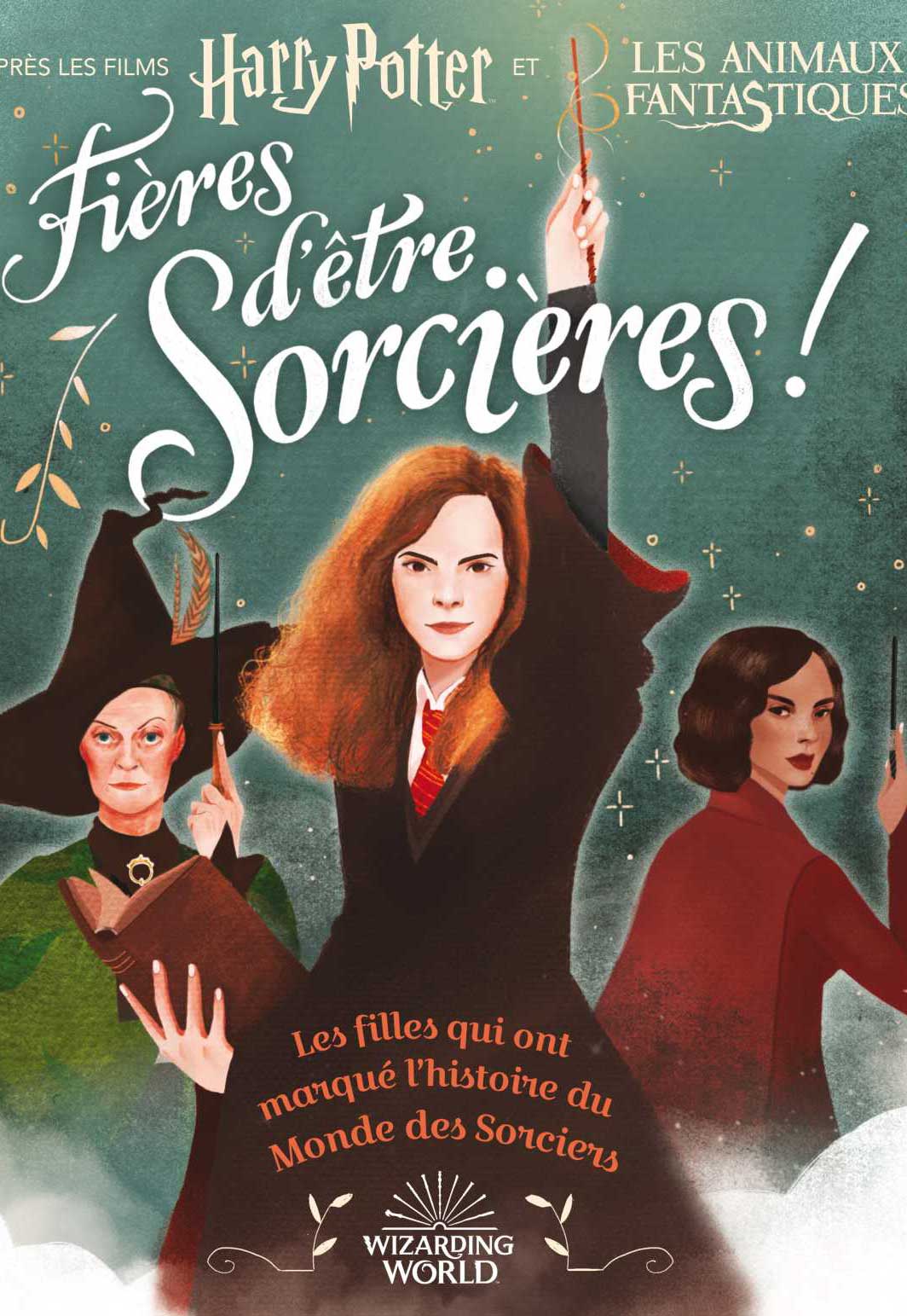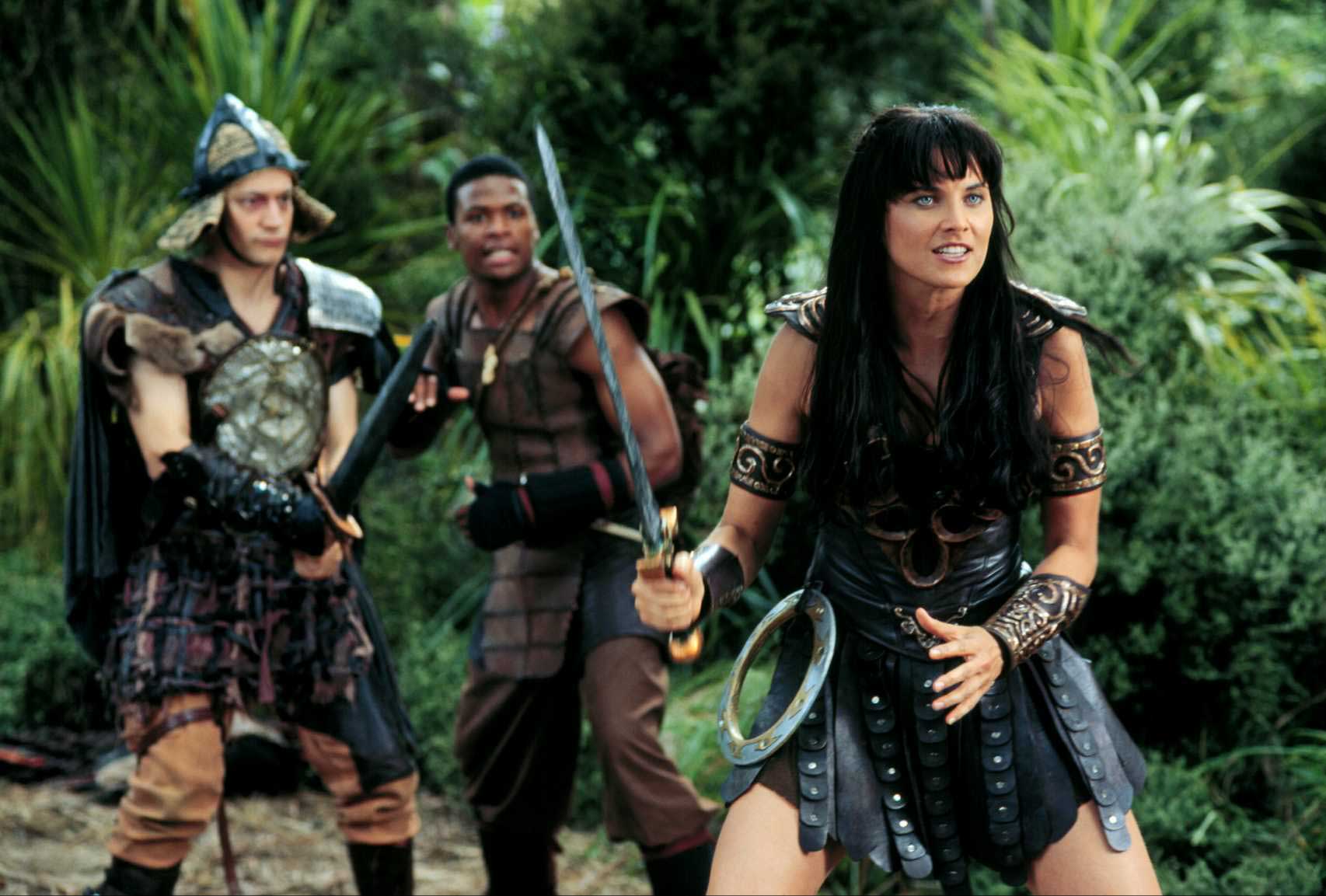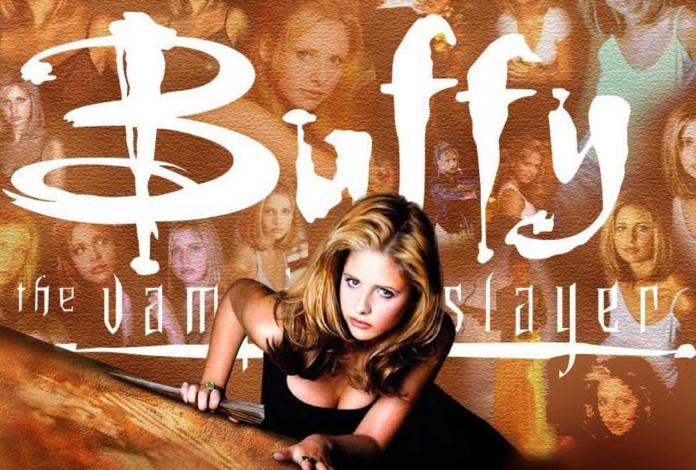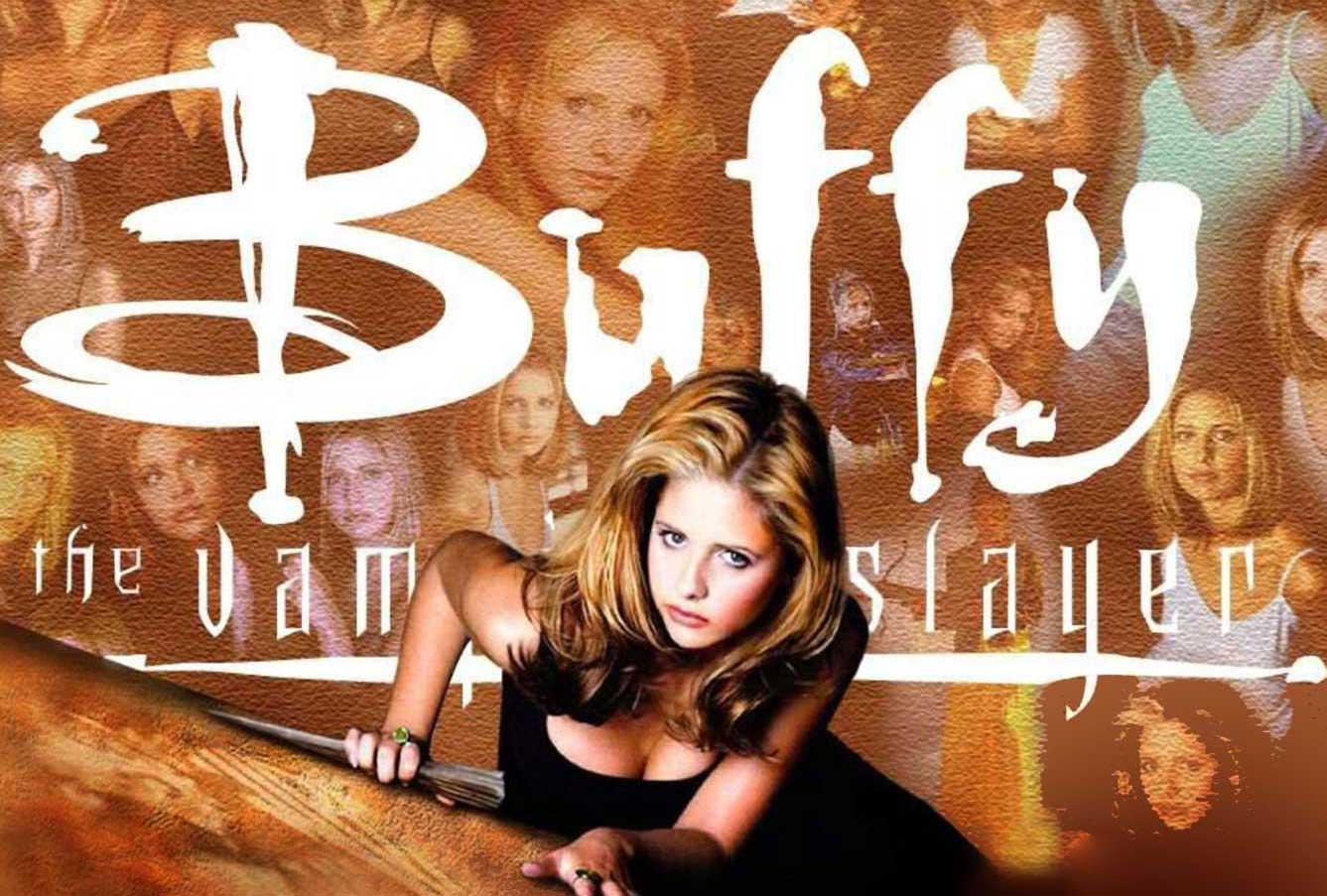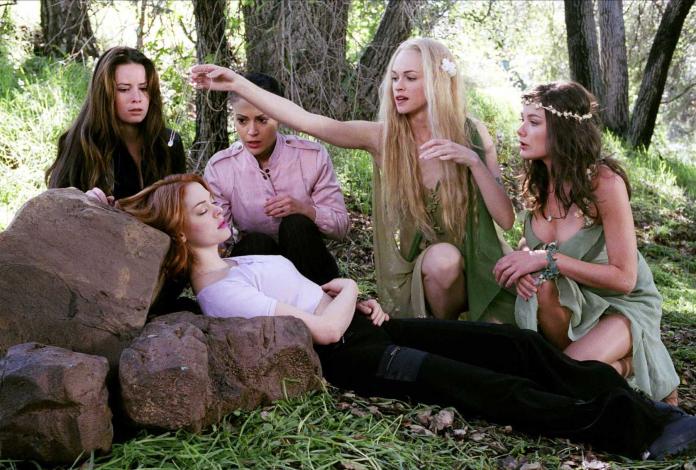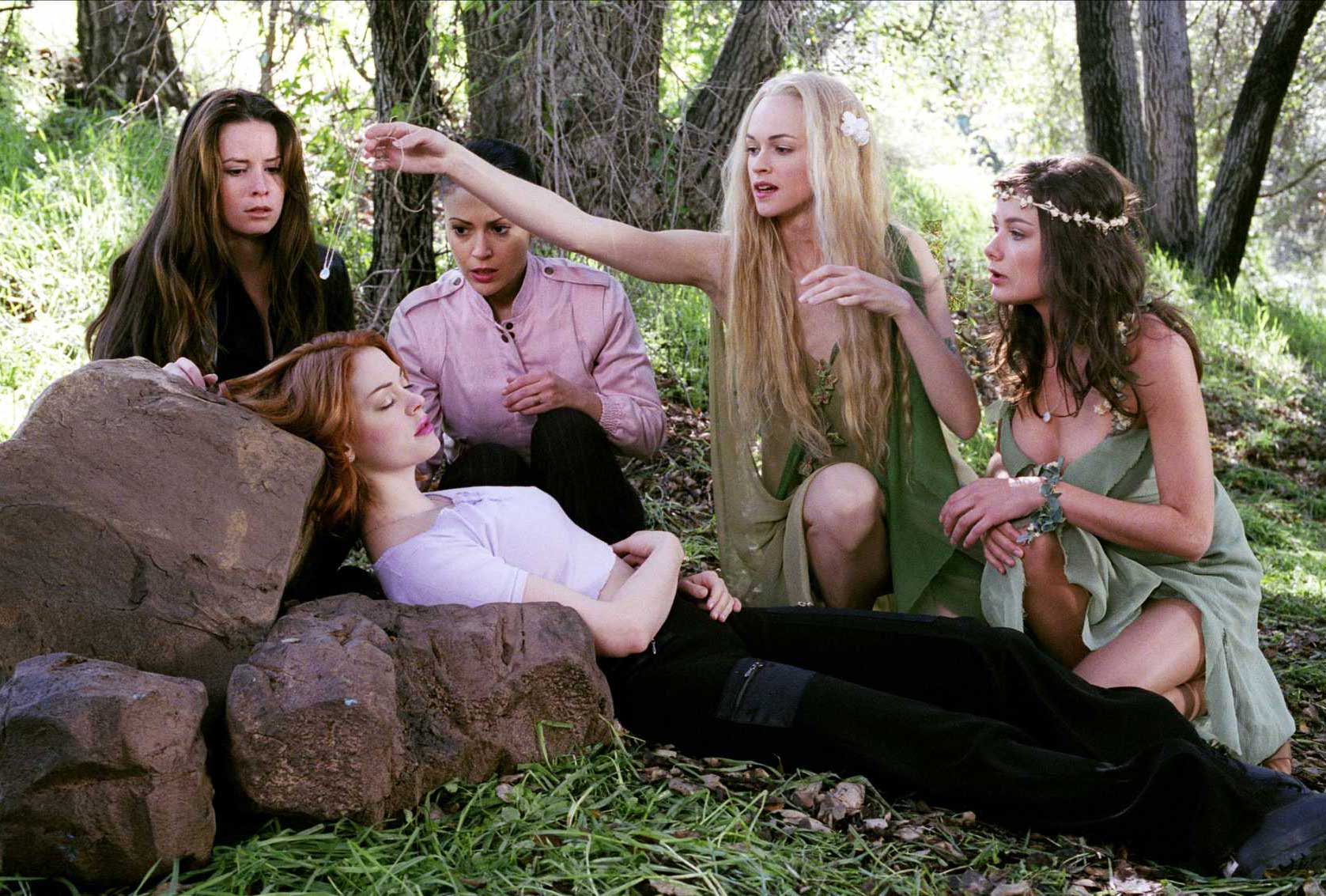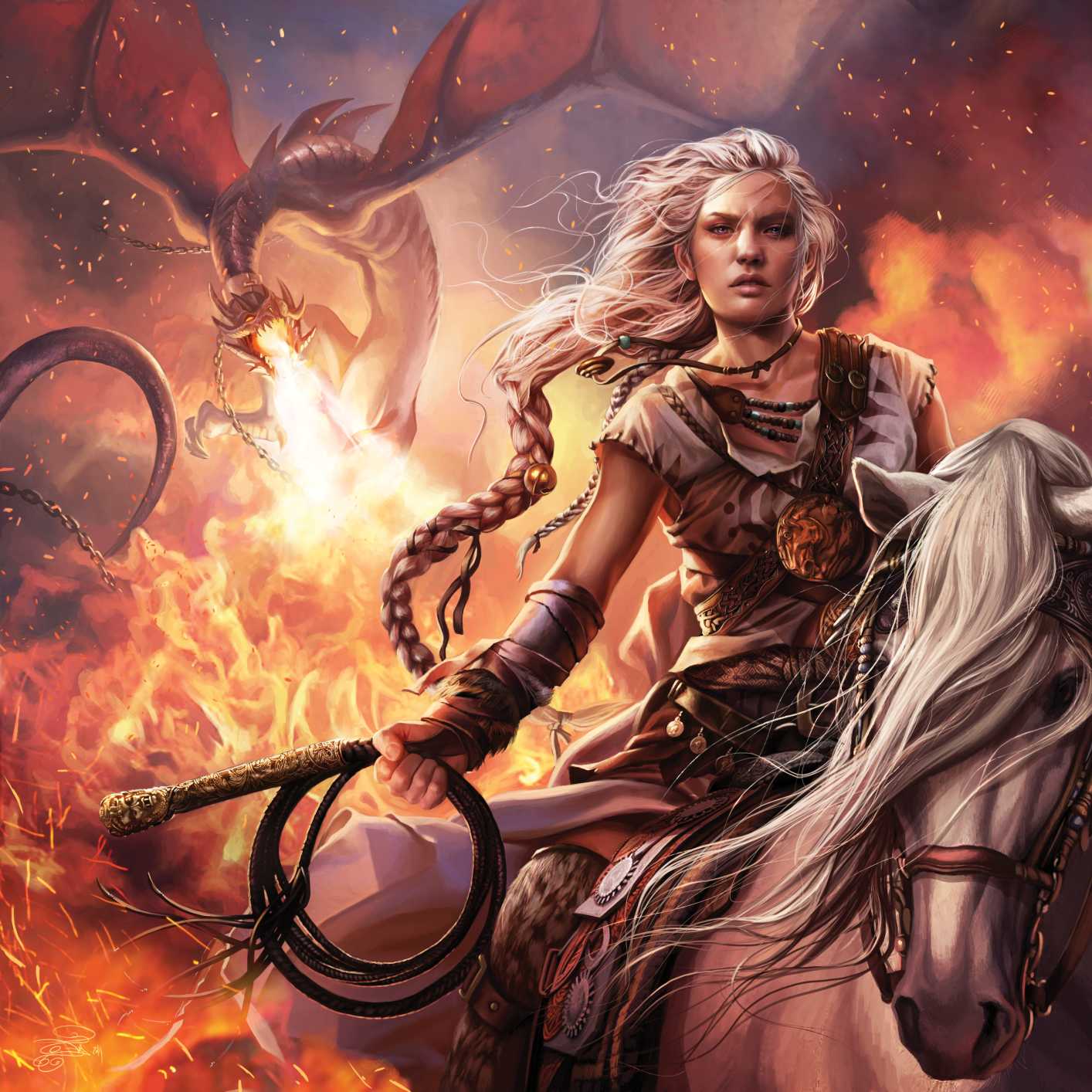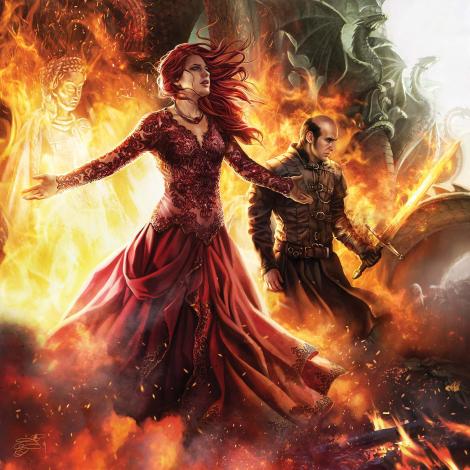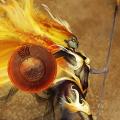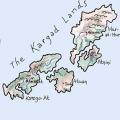It took decades for women, who had long been confined to insipid secondary roles, to become true fantasy heroines, raising the bar for men.
From Distressed Damsels to Wicked Witches
Once Upon a Time…
It is difficult to ignore the figures imposed by the fairy tales of Charles Perrault or the Brothers Grimm. Before the arrival of Lyra Belacqua in Philip Pullman's His Dark Materials, teenage girls and women were often fairy godmothers, courageous mothers, cruel stepmothers, princesses in distress, ogresses, or evil witches. Female characters were thus highly stereotyped and given little prominence when literary fantasy first appeared.
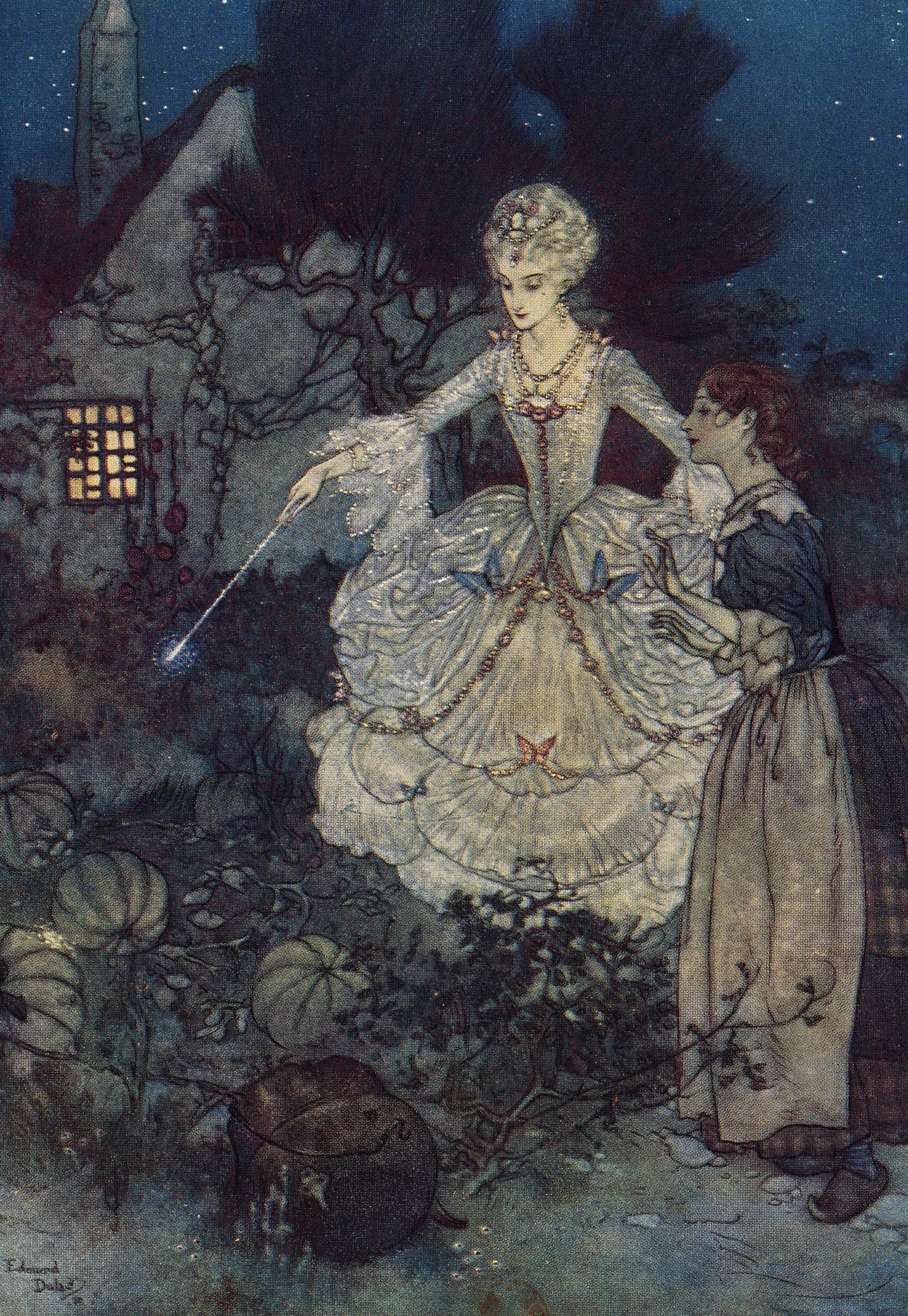
Cinderella and her fairy-godmother in the vegetable garden, by Edmond Dulac (1915)
"There, said her godmother, pointing with her wand... Pick it and bring it along"
Edmund Dulac's Picture-book for the French Red Cross
London, New York, Toronto : Hodder and Stoughton
BnF, département des Sciences et Techniques, 4-V-8198
© Bibliothèque nationale de France
Female Characters in Tolkien's Works
In The Lord of the Rings by J.R.R. Tolkien, published between 1954 and 1955, Arwen, Eowyn and Galadriel were only secondary characters, but they sparked the imagination of Tolkien's readers. The film adaptation of the novel gives them a more important role. Arwen's wild ride as she flees from the terrible Nazgul and the destruction of the Witch King by the valiant Eowyn remain unforgettable scenes from Peter Jackson's films.
The Rise of Female Authors
The Revival of the Genre
The tide began to turn in the 1960s with the emergence of a new generation of women novelists. As a poet fascinated by anthropology, Ursula K. Le Guin combined character sensitivity with the vast traditional quests of fantasy in her Books of Earthsea. Robin Hobb, with her representation of dragons in The Farseer Trilogy, and Marion Zimmer Bradley's rewriting of the Arthurian legend from the female perspective in the 1980s, were to have a significant impact on the public.
Women Who have Made a Mark on Fantasy
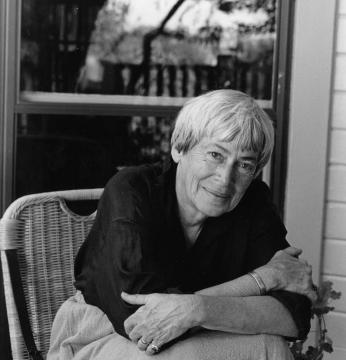
We are volcanoes. When we women offer our experience as our truth, as human truth, all the maps change. There are new mountains.
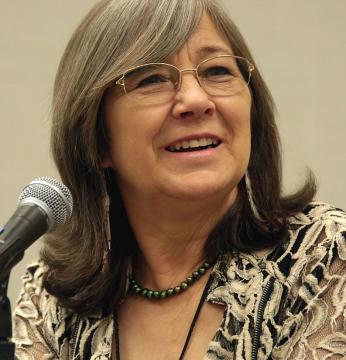
As my narrator was a male character, I chose a first name with no feminine or masculine connotations to make it easier for the reader to get into the story and for the gender of the author not to be a problem.
In my time I have been called many things: sister, lover, priestess, wisewoman, queen. Now in truth I have come to be wise-woman, and a time may come when these things may need to be known.
J.K. Rowling's Rise to Success
With the colossal success of J.K. Rowling in the early 2000s for her Harry Potter saga, and the popularity of her heroine Hermione Granger, women have come into their own and less Manichean heroines have finally appeared in full view. France has also seen a shift with the character of Ayesha, created by the duo Ange, and the captivating warrior imagined by Justine Niogret in her diptych Chien du Heaume and Mordre le Bouclier.
A Leading Role in Harry Potter
Television Leads the Way
Heroines in Television Series
The winds of change blew massively from the small screen in the mid and late 90s. Xena, Warrior Princess, played by Lucy Lawless was as strong as Hercules and one of the first unmissables icons, joined by Sarah Michel Gellar in Buffy the Vampire Slayer. Josh Whedon reversed the cliché of the pretty, naive blonde high school girl from American horror movies, and turned her into a fearsome monster hunter. Soon after, the Halliwell witches' sorority in Charmed would also come to shake up the codes.
Key Dates
Xena, Warrior Princess, is a series in 6 seasons that takes place during Antiquity. Xena is a fearsome and ruthless warrior who seeks to redeem her crimes by working for good.
An American series in 7 seasons, Buffy the Vampire Slayer tells the story of Buffy Summers, played by Sarah Michelle Gellar, a high school student, chosen to become the vampire slayer of her generation.
Charmed is an 8-season American series created by screenwriter Constance M. Burge. The series features the Halliwell sisters, three powerful witches united by "The Power of Three" to fight against the forces of evil.
Women Rise to Power in The Game of Thrones
Twenty years later, Arya Stark, Daenerys Targaryen and Sansa Stark have become worldwide figures thanks to the screen adaptation of Georges R.R. Martin's Game of Thrones. Women now have power, they can slay the Night King, ride dragons, rule kingdoms and dazzle the crowds. By rejecting stereotypes and imposed figures, female authors and heroines are writing the future of fantasy.
